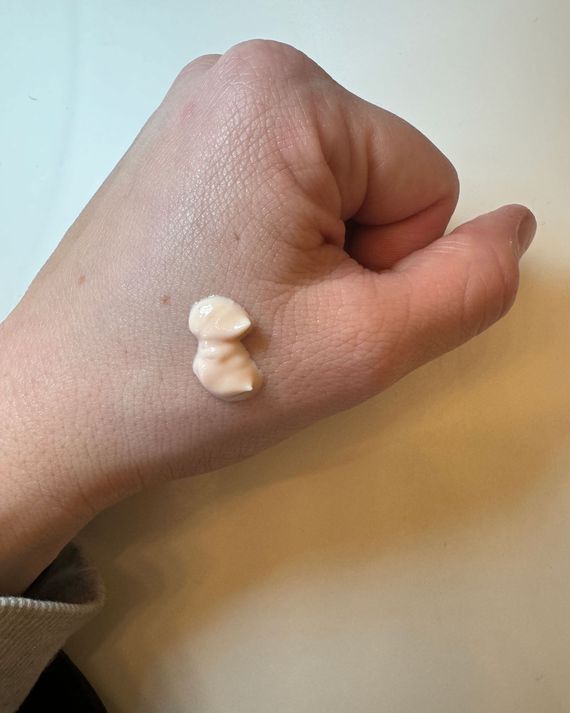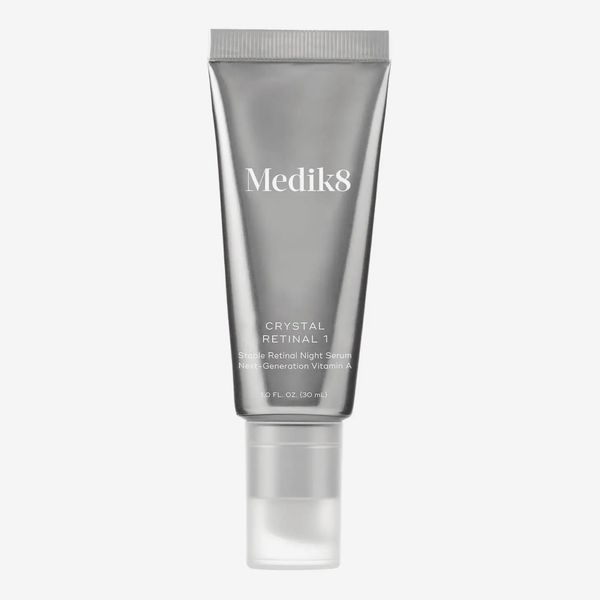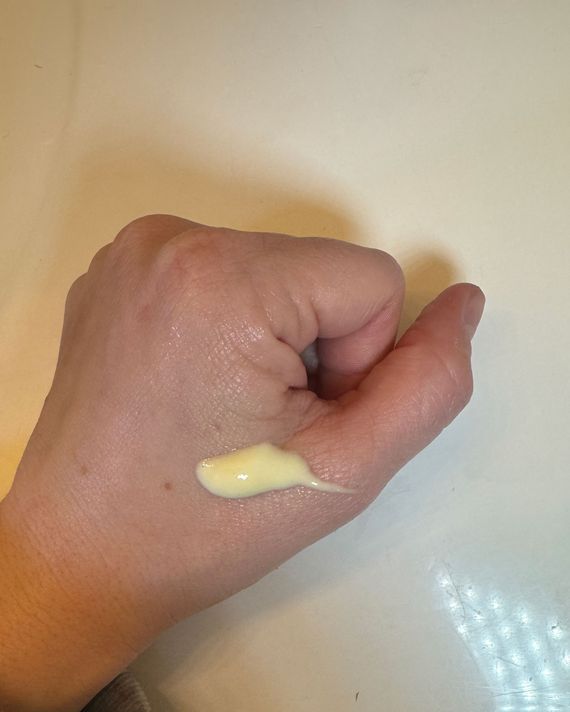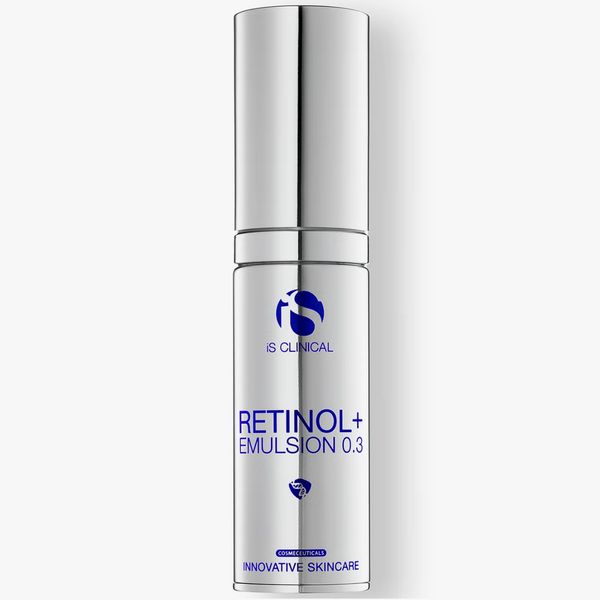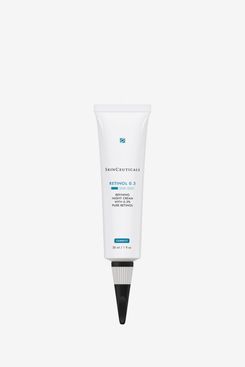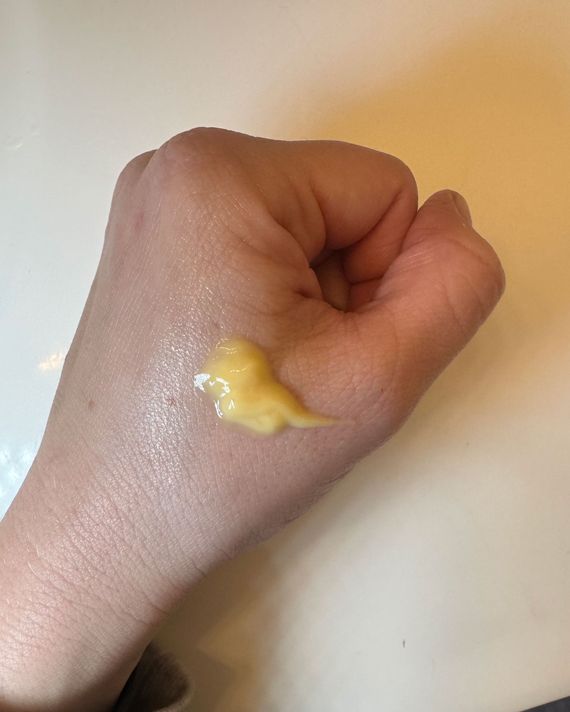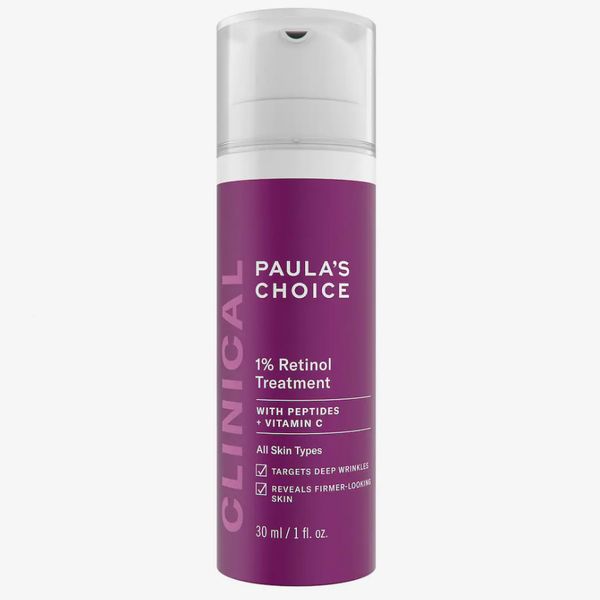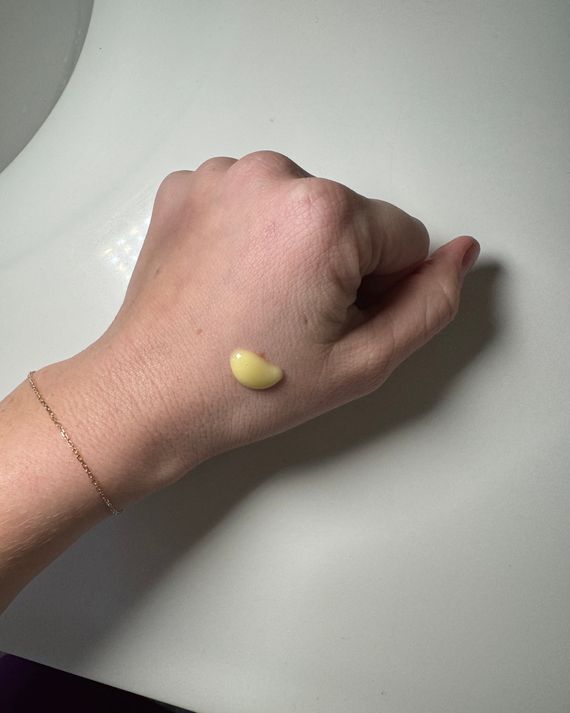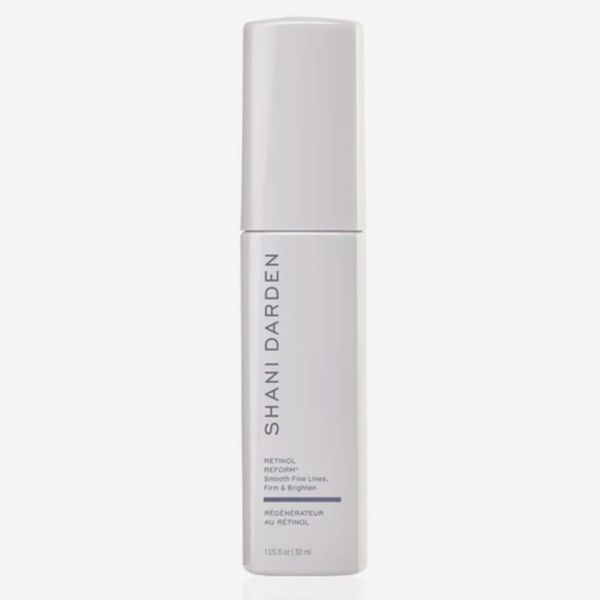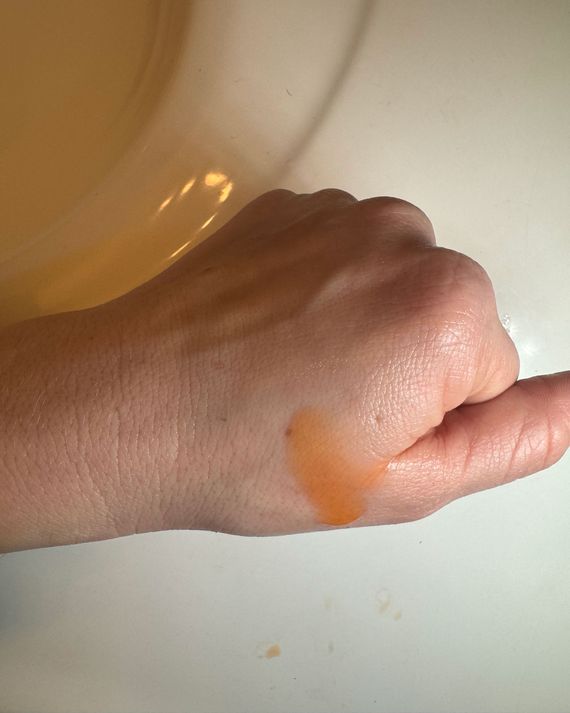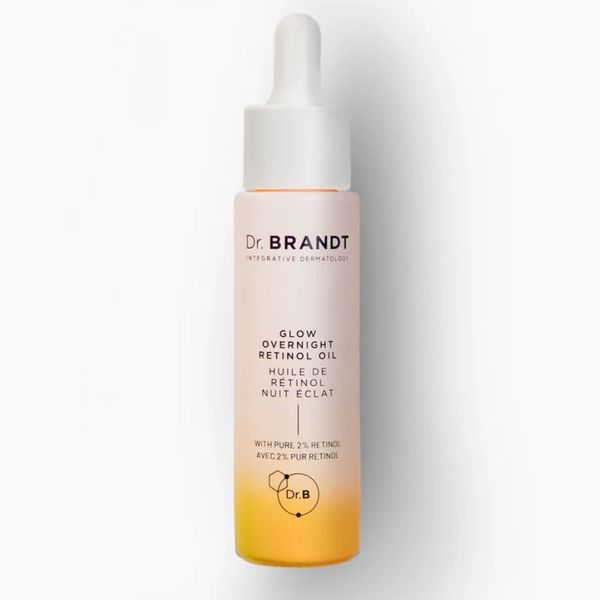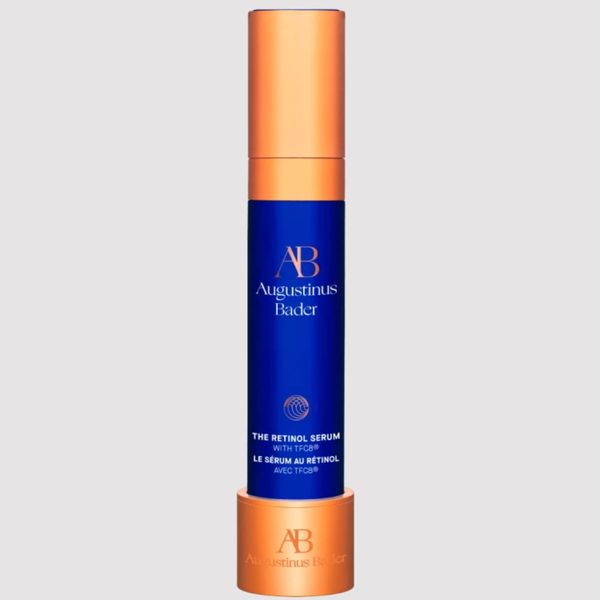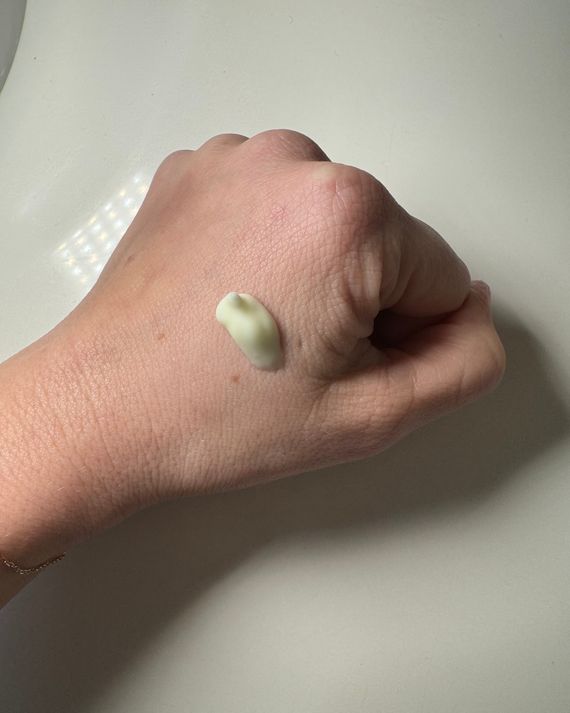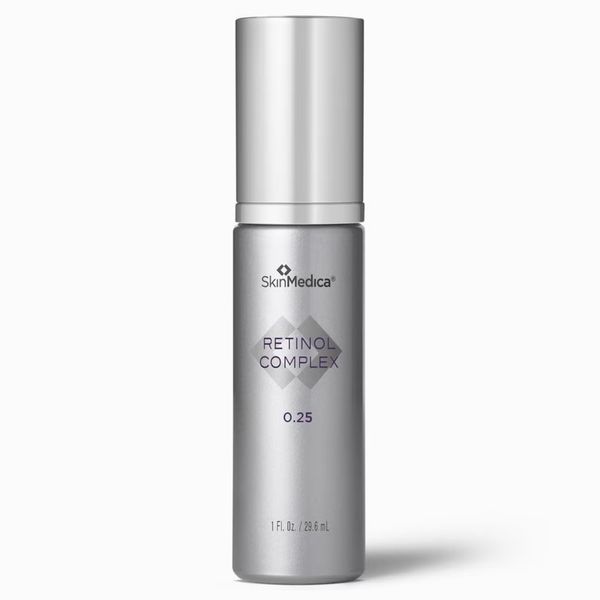
For more of the Cut’s favorite fashion, beauty, and home finds, sign up for the weekly Cut Shop Newsletter.
It feels appropriate to be writing a retinol story just weeks after my 29th birthday. I’m not getting any younger. My skin is still looking pretty good, though, if I do say so myself. I have sunscreen to thank for that, of course, but incorporating retinol into my nighttime routine has also made a huge difference in my overall skin texture and tone. I have tried so many different brands, strengths, and vitamin-A derivatives (including retinol, retinal, and retinoic acid/tretinoin) over the past few years. Here, I ranked my all-time favorites.
The best retinols for every skin type and concern, below, will help stimulate the collagen production for firm, youthful-looking skin, promote cell turnover to help unclog your pores, and significantly decrease signs of aging, such as fine lines, wrinkles, and hyperpigmentation.
So, what are the best retinols?
➼ Our top picks
➼ More tried-and-true options
➼ FAQs
.
Our top picks
The best retinal formula
Vitamin-A derivative: retinal/retinaldehyde | Strengths available: 0.01%, 0.03%, 0.06%, 0.1%, 0.2%, and 0.24% retinaldehyde | Other key ingredients: hyaluronic acid and glycerin
Of all the retinoids I’ve tried over the years, this one gave me the most visible results — and that is pretty damn impressive for a $55 skin-care product. It is formulated using retinaldehyde (a.k.a. retinal), a powerful form of vitamin A that works much faster and more efficiently than retinol. Since retinaldehyde acts as a chemical exfoliant, this serum helped unclog my pores and clear up the blackheads on my nose. My smile lines were also less noticeable after a few months of use. Even though it is effective — and available in six different strengths, ranging from 0.01 percent to 0.24 percent retinaldehyde — keep in mind that this product might be too intense for folks with sensitive skin or those who are new to using retinoids.
The best retinol for people with texture
Vitamin-A derivative: retinol | Strength available: 0.3% retinol | Other key ingredients: bakuchiol, antioxidants, and extremozymes
This non-drying retinol from iS Clinical is another all-time favorite of mine. It features botanical boosters like bakuchiol, which also has anti-aging properties but tends to be more gentle than retinol, as well as antioxidants and enzymes that help protect against environmental stressors like blue light and pollution. It is lightweight, nourishing, and sensitive-skin-friendly. Overall, it makes my skin look healthier and more youthful when I use it consistently.
.
More tried-and-true options
The three-step series for increasing your dosage
Vitamin-A derivative: retinol | Strengths available: 0.3%, 0.5%, and 1% retinol | Other key ingredients: antioxidants, dimethicone, essential oils, herbal extracts, and vitamin C
All three retinol creams from SkinCeuticals are worth your money. Retinol 0.3 is ideal for beginners and helps treat blemishes and reduce the appearance of pores; Retinol 0.5 targets fine lines and wrinkles; and Retinol 1.0 is strong enough to improve problematic and sun-damaged skin. Don’t jump right in to using Retinol 1.0 or even Retinol 0.5 — start with the lowest concentration of retinol (Retinol 0.3) and slowly work your way up over time if your skin can handle it without discomfort or irritation. You’ll notice fresh, healthy-looking skin that glows from within.
The best affordable retinol
Vitamin-A derivative: retinol | Strengths available: 0.3% or 1% retinol | Other key ingredients: triple peptide blend, oat, willow bark, and licorice extract
If you’re looking for a more affordable retinol from a brand you already know and love, try this top-rated one from Paula’s Choice. A little goes a long way with this treatment. Plus, it delivers results that are comparable to much more expensive retinols. Since it has a high concentration of retinol, this is best for people with noticeable dark spots and deep wrinkles. Opt for the brand’s 0.3% retinol instead if you want something more gentle.
The one with slow-release encapsulated retinol
Vitamin-A derivative: encapsulated retinol | Strengths available: 2.2% encapsulated retinol | Other key ingredients: lactic acid, aloe vera, and fruit extract
Celebrity esthetician Shani Darden’s retinol is also gentle yet effective. It is one of those products I always come back to when my skin is feeling dull, breakout-prone, and in need of a serious reset. It features encapsulated retinol, meaning the retinol is encased in a protective barrier that penetrates deep into the skin before being released. Why do we like this, you ask? The slow-release formula “delivers a steady stream of retinol throughout the night” — instead of all at once — to minimize the irritation. This serum also has protective antioxidants and exfoliating lactic acid that help smooth, brighten, and bring my skin back to life.
The best retinol oil
Vitamin-A derivative: encapsulated retinol Other key ingredients: squalene and ceramide
If you want the glazed-doughnut effect of a nighttime oil with the anti-aging benefits of the A retinol, you will love this soothing squalene- and ceramide-infused option from Dr. Brandt. It has a unique tri-retinol formulation, harnessing the power of, along with bakuchiol, two different forms of retinol: stabilized retinol and encapsulated retinol, which releases slowly overnight. The result is visibly smoother fine lines and wrinkles — without any irritation or skin sensitivity.
The expensive one that is worth the money
Vitamin-A derivative: retinol | Strengths available: 0.06% pure retinol | Other key ingredients: zinc complex, microbiome blend, marine ectoine, and Japanese knotweed extract
I know, I know, $380 is steep. But just think of it as money saved in the long run on professional anti-aging treatments and aesthetic procedures. This beautiful formulation was designed with aging, acne-prone, and oily skin types in mind. What makes it so special is Augustinus Bader’s signature Trigger Factor Complex, a “smart” blend of natural amino acids, high-grade vitamins, and peptides that can adapt to your skin and address individualized concerns. Over time, this serum will tone, tighten, and lift the skin; visibly reduce fine lines and wrinkles; and reduce the appearance of pores.
The retinol that helps soothe inflammation
Vitamin-A derivative: retinol | Strengths available: 0.25%, 0.5%, and 1% retinol | Other key ingredients: antioxidants, ceramides, essential oils, niacinamide, and peptides
I love pretty much everything from SkinMedica, but this beginner-friendly retinol holds a special place in my heart. Before I became a total freak about sunscreen, I had some light sun spots on my forehead and cheeks; they all but disappeared when I started using this tone- and texture-renewing lotion. It also treats other signs of aging, including fine lines, wrinkles, and skin resiliency.
.
FAQs
What is the difference between retinol and retinal? And what the heck is retinoid?
Think of retinoids as the umbrella term for all vitamin-A derivatives, the family of vitamin-A-based topicals. They help minimize the signs of aging and improve skin tone, texture, and pore size. Retinol, retinal (retinaldehyde), and retinoic acid (tretinoin) are kind of like sisters: They are all in the retinoid category and are considered different types of retinoids.
Which retinoids are the strongest?
This is very ~science-y~ so stick with me. When you apply retinol to your skin, it has to convert to retinal and then retinoic acid to be effective. Retinoic acid (tretinoin) is the active form of vitamin A, meaning it starts working right away because it does not need to go through a conversion process. Retinal is weaker than retinoic acid, since it has to convert to retinoic acid before taking effect, but stronger than retinol. It is the most potent form of vitamin A you can get without a prescription and works about ten times faster than retinol. Last but not least, we have retinol. It is the weakest of the three because it must first convert to retinal, then retinoic acid. This makes it the best option for first-time retinoid users and people with sensitive skin. It is also ideal for people with dry skin because it will not strip the skin.
What is the best strength of retinol to use?
Choose low strength between 0.01 percent and 0.3 percent (like SkinCeuticals 0.3) if you have very sensitive skin or have never used retinol before. Start by applying it a few times a week to give your skin time to adjust. If your skin tolerates it — no redness, flaking, burning, itching, etc. — you can slowly increase the frequency of application or the strength of your retinol over time. Moderate formulas for more experienced users tend to have around 0.5 percent retinol, like this one from SkinMedica. Anything more than that, such as Paula’s Choice Clinical 1 percent Anti-Aging Retinol Treatment, will be quite powerful and should only be used if you have deep-set wrinkles or stubborn pigmentation. And remember that retinal or retinoic acid is much more potent, so 0.01 percent retinol is not at all comparable to 0.01 percent retinal or retinoic acid.
At what age should I start using retinol?
I started dabbling in retinol in my mid-20s, which is what most professionals recommend. Now that I am 29 and have been using retinoids consistently for a few years, I can use products that have higher concentrations of retinoids without experiencing any irritation.

